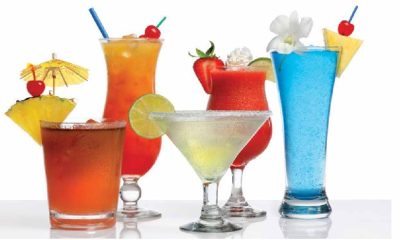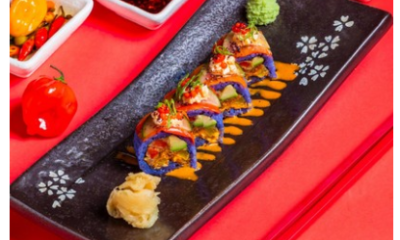Chennai
Watch Out For The Ice, Chennaites
If you are one among the crowd who orders a drink with the mandatory summer-time request of ‘with ice’, you might need to rethink your habit. That ice could very well be hiding something murky within its translucent depths, according to Chennai’s ice manufacturers.
TOI has unraveled the truth behind the ice that is served in your drinks, especially from roadside juice vendors. After tracking ice blocks made from non-potable water at an ice manufacturing plant, it has come to light that local juice vendors are using this ice, meant for storing seafood at harbors and fish markets, in the drinks they sell.
It wasn’t just the non-potability of the water that is of concern, but also the extremely unhygienic handling of the ice blocks during the various stages of transportation. Workers with bare torsos slept on the ice and it was covered with sand and chaff before being broken down to be sold to vendors.

“We just sell our ice, we don’t ask clients what they do with it,” said J Chandrasekaran secretary of Chennai Ice Manufacturers’ Association to TOI, who operates two ice plants in Kasimedu and Tondiarpet, where one unit produces ice cubes from potable water and another produces blocks of ice weighing 150kgs each, meant purely for industrial purposes like cold storages. “During the ban, we continue to sell around 45,000kg of blocks every day as opposed to 80,000kg otherwise. In contrast, we sell around 3,000kg of ice made with potable water, which remains standard through the year,” said Chandrasekaran adding that if the ice is in lumps and not cubes, it would do good to suspect its quality.
The ice trail led TOI to Marina where it was sold to local juice vendors within 2 hours and the same is being sold at different points in the city including Tambaram and Avadi. This harrowing news might provide answers to the issue of gastrointestinal ailments that peak during summer, especially in children. Contaminated ice contains a number of pathogenic microorganisms like E.Coli that are extremely harmful to one’s health.
This unearthing of the ice trail comes at the same time that FSSAI has issued a directive that industrial ice needs to be color-coded blue in order to differentiate between edible and non-edible ice. This rule will be enforced starting June 1.




















